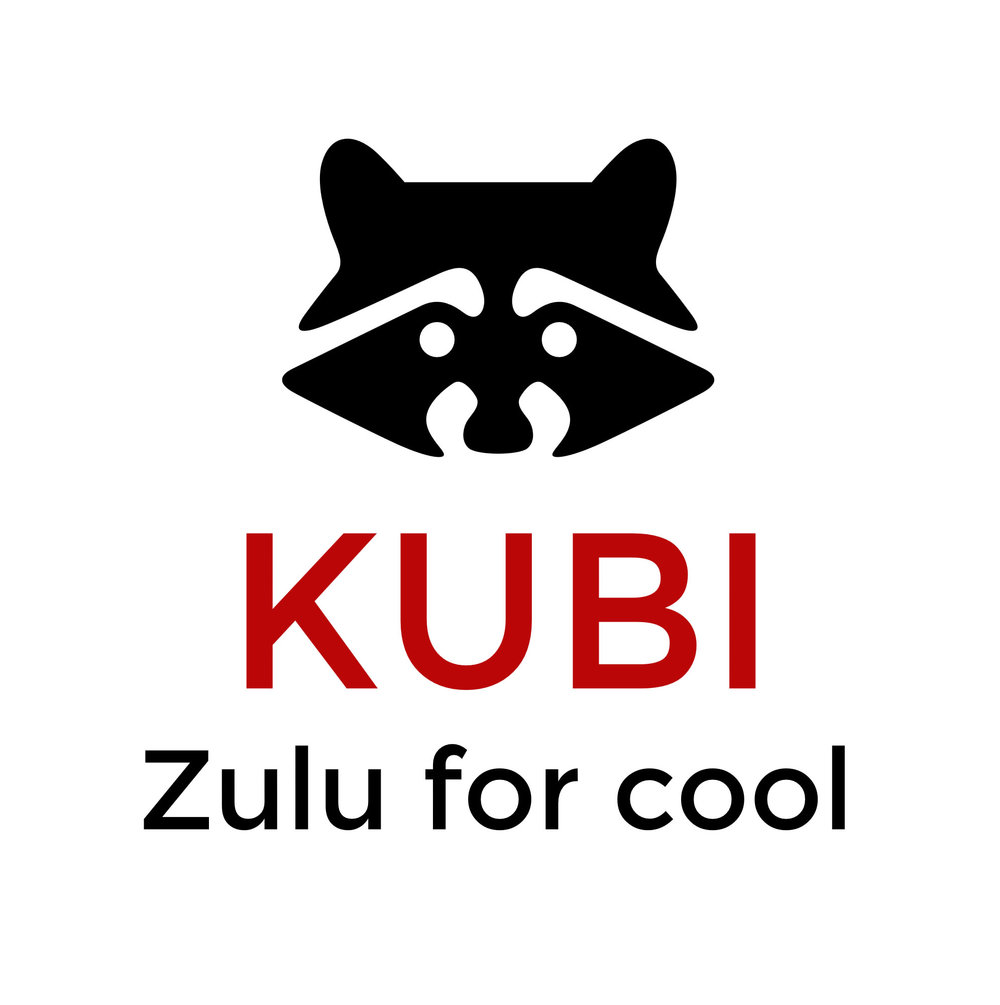I’ve travelled quite a bit.
From the barrios of Buenos Aires to the beaches of Zanzibar; and a lot in between.
Not India, though. The subcontinent always seemed too exotic for me: the sights, sounds, colours, and people everywhere.
India’s population is over one billion! Let’s do the maths: India has fifty times more people than we do in Australia… but they are squeezed into half the space.
That’s intense.
Last month I had the chance to visit India for work. I was a tad intimidated, but also completely chuffed, and raring to go.
The work
I was off to Chennai, a city of about 8 million, in the south-eastern state of Tamil-Nadu. I’d be doing media on an exciting UNSW-backed project to test a new cardiac device for patients suffering with hypertension.
The device will be attached onto the aorta of hypertensive patients to increase blood flow and reduce the risk of more acute cardiac conditions - as such it has real promise for poor people or those from rural regions, both in India and Australia, as it means they will be less reliant on specialists and expensive treatment, as well as operations that may arise without this preventative step.
With funding from the Australian-Indian Council, and support from our own Rural Clinical School, the device was being tested for the first time in humans. DFAT covered the costs for two poor patients to get surgery for existing conditions, and the surgeons quickly tested the devices, and then took them out.
We can’t say much more about this research, as the study is in quite an early stage of development, so it’s all under wraps at the moment.
Sorry!
In case you’re wondering, the tests were successful and the patients are back on their feet doing great, after having surgery they otherwise wouldn’t have been able to pay for.
Right there is a good news story!
And stay tuned for more on this exciting project led by our own research director, Dr Craig McLachlan.
But please don’t stop reading -- there are some other spicy nuggets in this story, if you care to see it through.
I can tell you about the budding relationship we have formed with our friends at Frontier Lifeline to explore innovative new medical technology over the coming years.
The scientists and doctors working at Frontier Lifeline Hospital are some of the best in India, and the facilities they have access to are cutting-edge. At the helm of this expansive cardiac hospital and associated research hub is one of India’s top heart surgeons, Dr KM Cherian.
When you first meet Dr Cherian, his enthusiasm is palpable - there’s a youthful spark in his eyes that belies his seventy-odd years. Start chatting, and you soon discover he has brushed shoulders with global elite of every stripe, from top politicians like Al Gore, to former a-list stars like Johnny Carson.
Even more impressive, he’s set up a vast medical and healthcare empire in Chennai.
First there’s Frontier Lifeline Hospital. Set bang in the middle of the bustling city, the hospital offers cardiac-related health care to everyone from the rich to very poor.
As a non-profit hospital the fee-paying patients help to defray the costs of the free or subsidised surgery provided to poor patients.
One patient I see on my tour of the operating theatres is a young Iraqi boy undergoing life-saving heart surgery.
Next, we travel by car to the outskirts of Chennai - there in the middle of dusty farmland is a sprawling medical research complex set up by Dr Cherian. Strolling around the state-of-the-art facilities, Dr Cherian tells me that the centre is fitted out to do research into a range of areas, such as tissue engineering, stem cell technology, as well as medical device implantation in animal models.
I’m not even close to being an expert on this, but it all looks eye-poppingly flash.
I feel that there’s a lot of scope for future collaborations in medical research between UNSW and our Indian colleagues, especially in the areas of healthcare for poor and marginalised communities in India, and the rural sector in Australia.
The Travel
And, I can tell you about India!
It is big, beautiful, brash; an assault on all the senses. And I just saw a few bits down in the south.
The food is tasty, and healthy, as it’s mostly vegetarian. Every morning for brekkie I had masala dosa - spicy potato and pea filling ensconced in a thin crepe-like cylinder covered with dhal, and lots of little delights on the side. And it just cost a dollar.
Chennai is a never-ending carnival of the unexpected: from aviator-glasses wearing gurus selling religious pamphlets on the footpath, to stunning local women swathed in brightly coloured saris, to moustachioed young men grinding sugar cane through old rusty machines to make delicious beverages.
And despite my initial fears, the city works pretty well. Locals are super friendly and speak English well, so if I got lost someone would happily point me in the right (or sometimes, wrong ) direction.
Or I’d just hop in a bright yellow auto-rickshaw and zip into the organised madness.
But this is southern India - I’m told the rest of India is ‘this’ on steroids.
How did I avoid this incredible destination for so long? India, Je t’aime -- I can’t wait to see you again!
